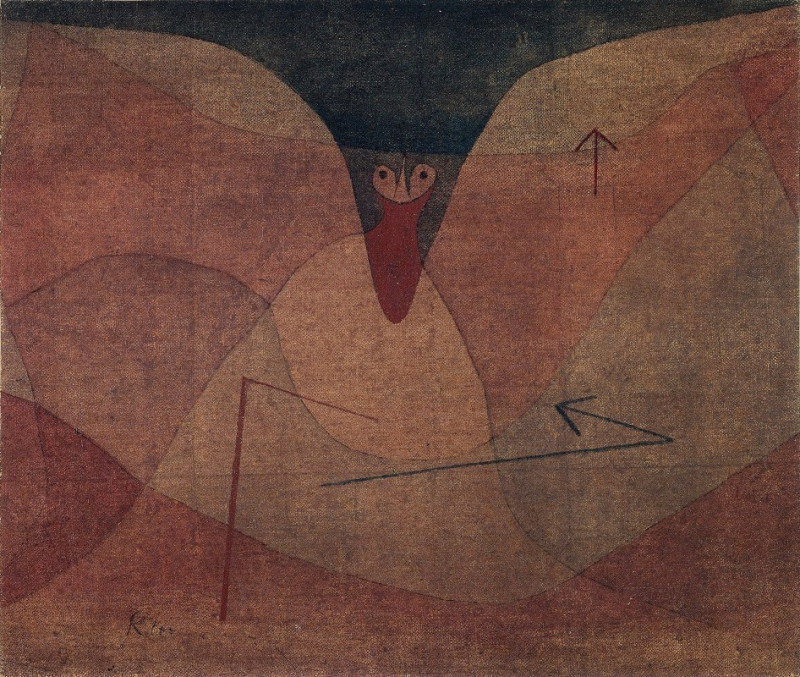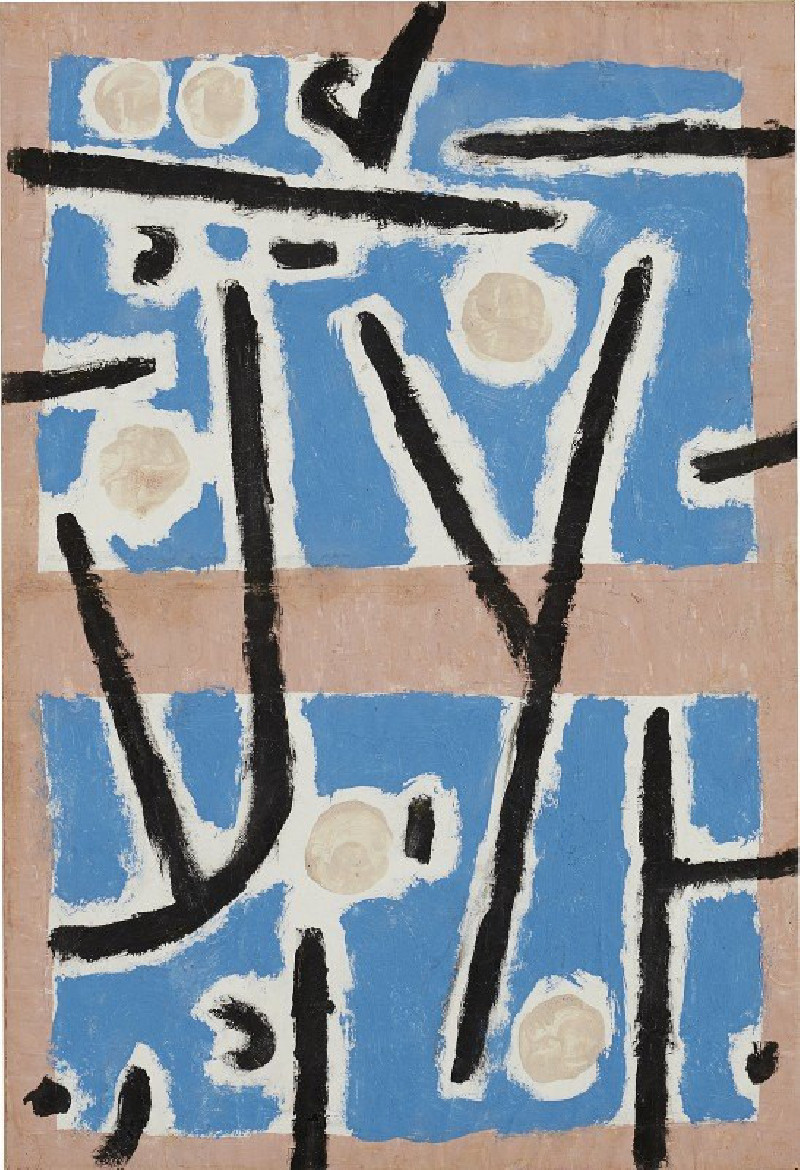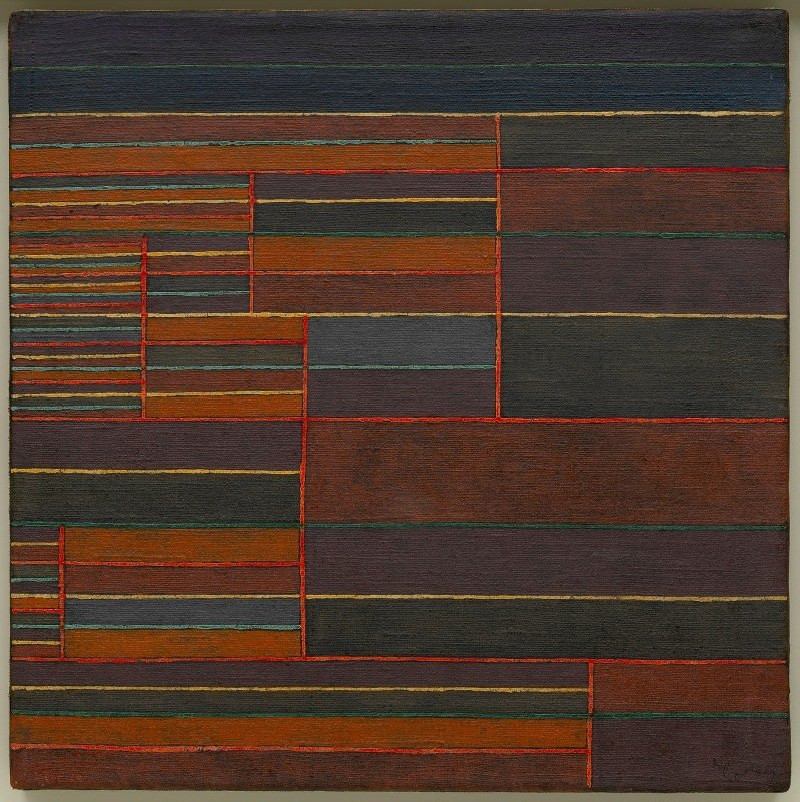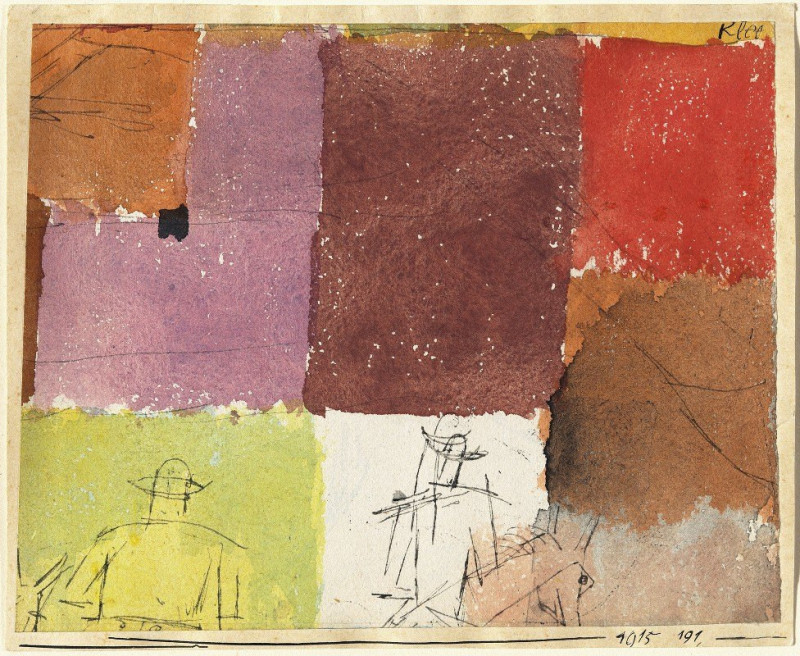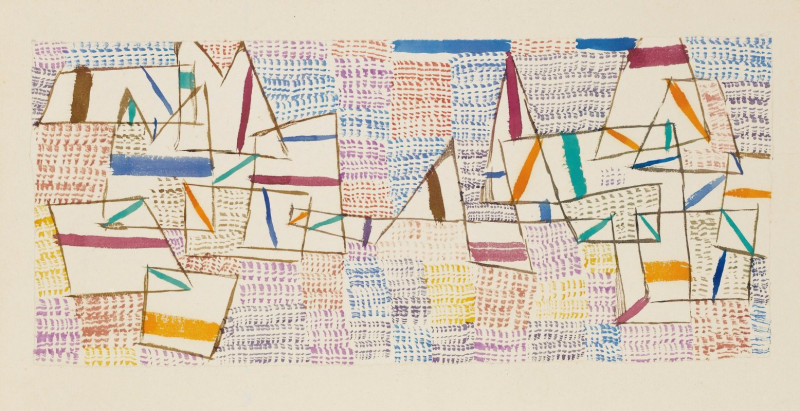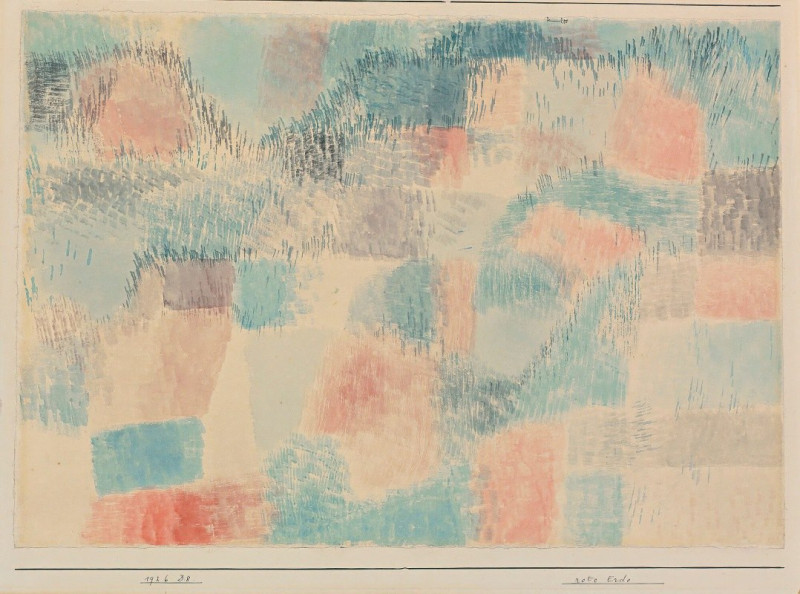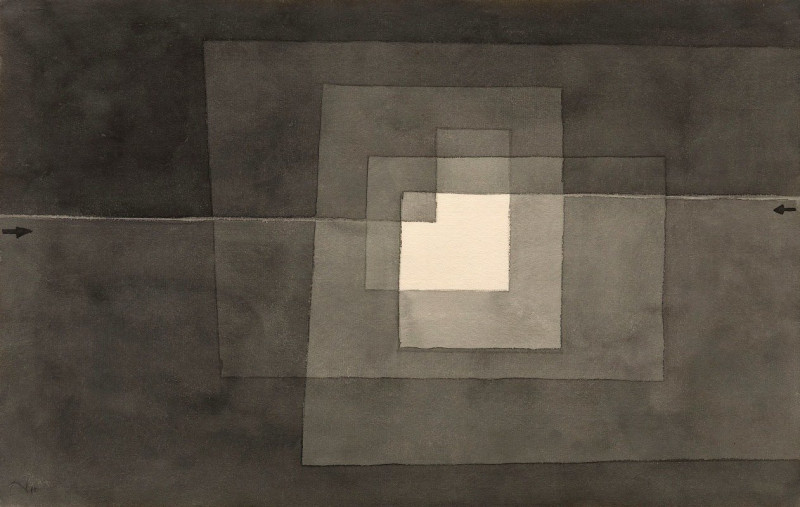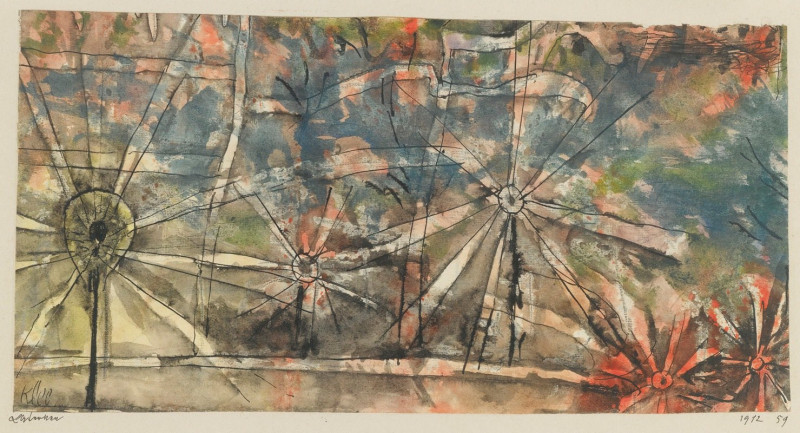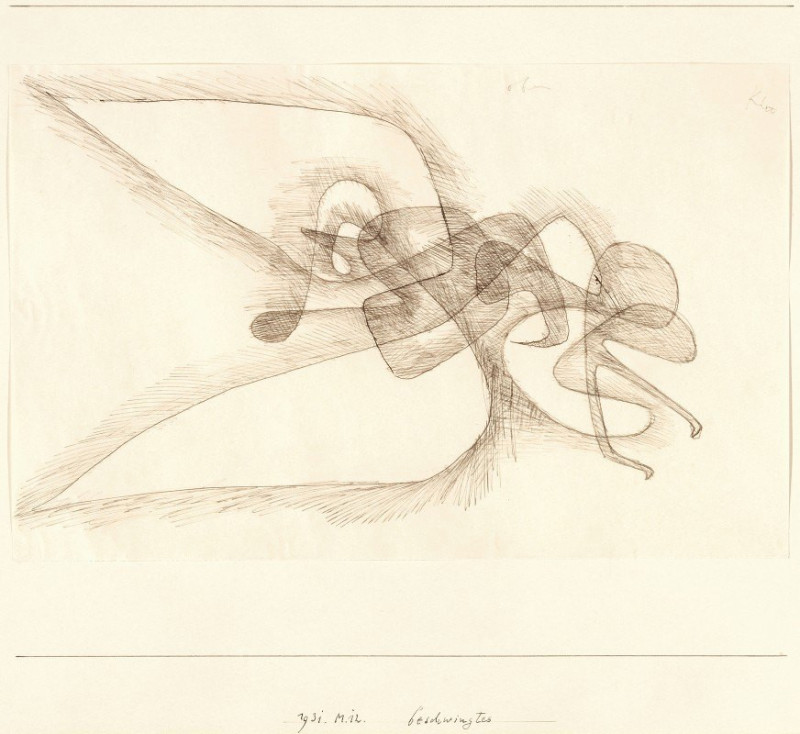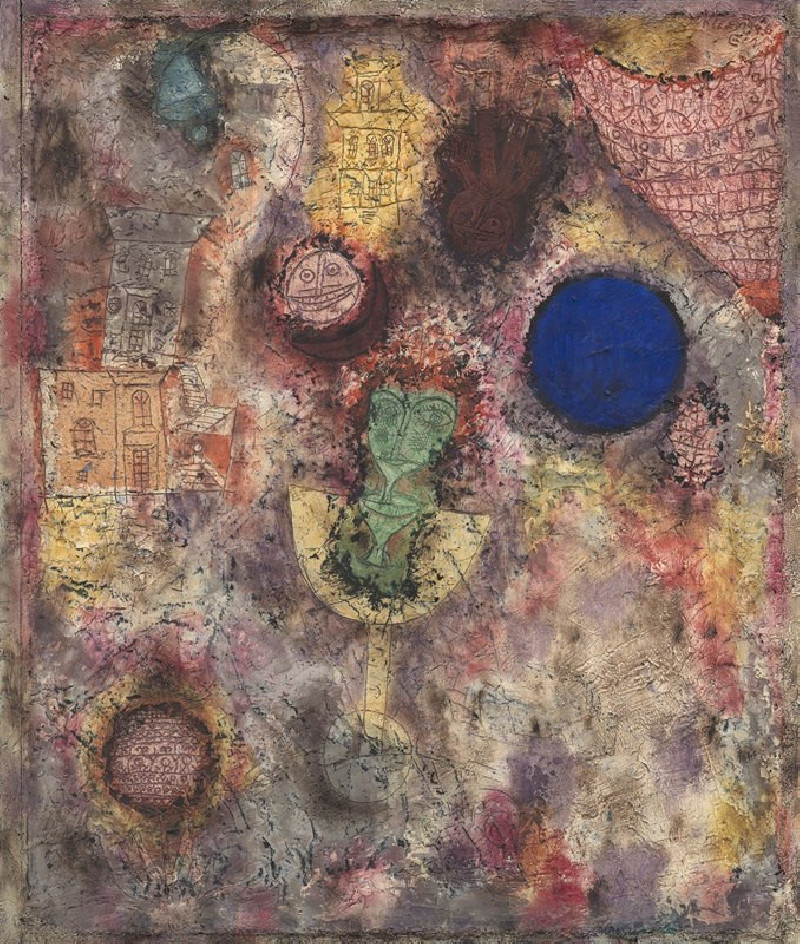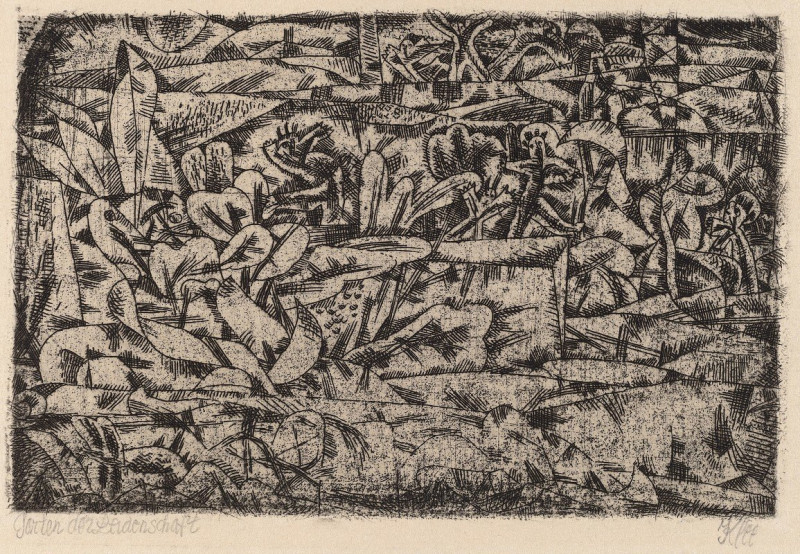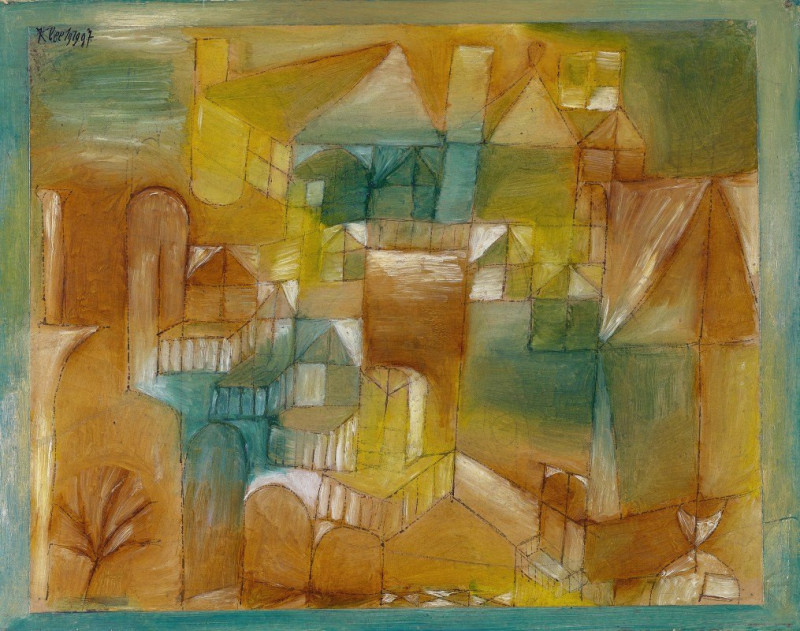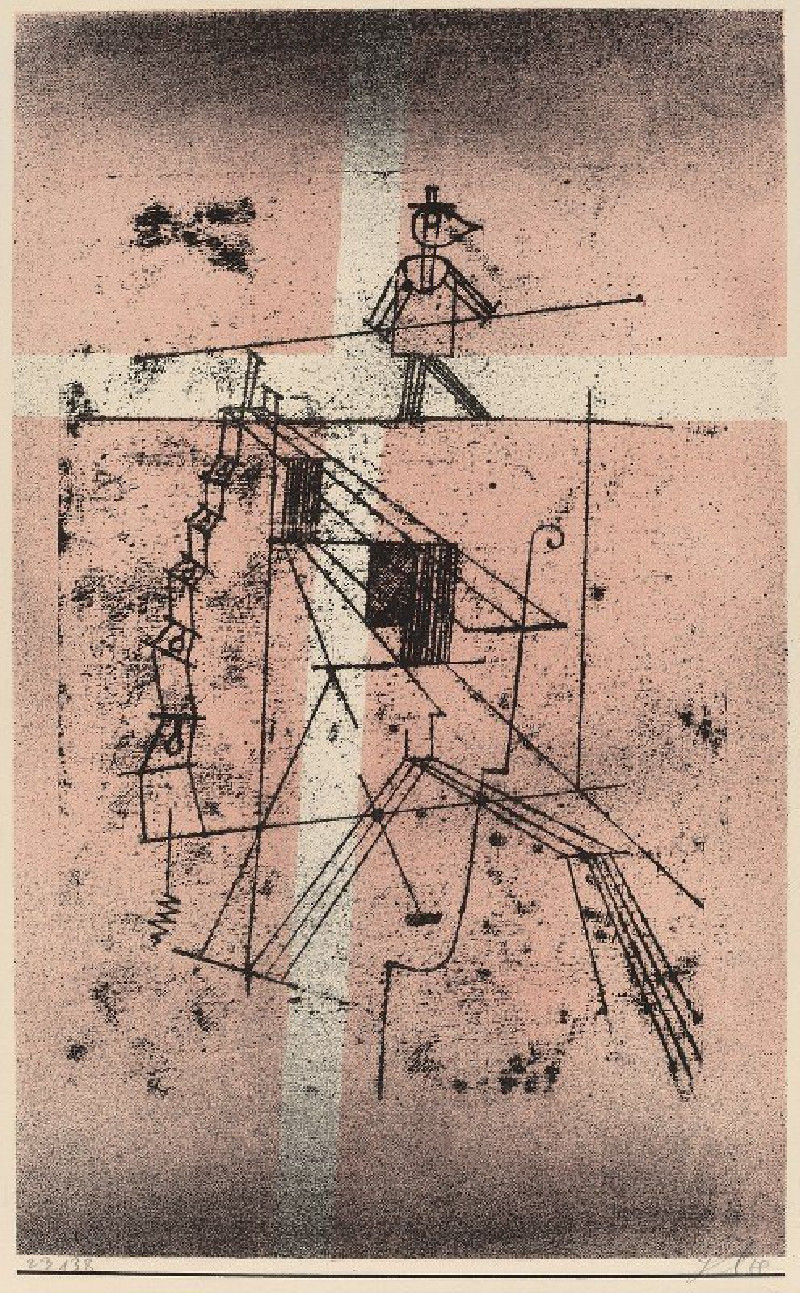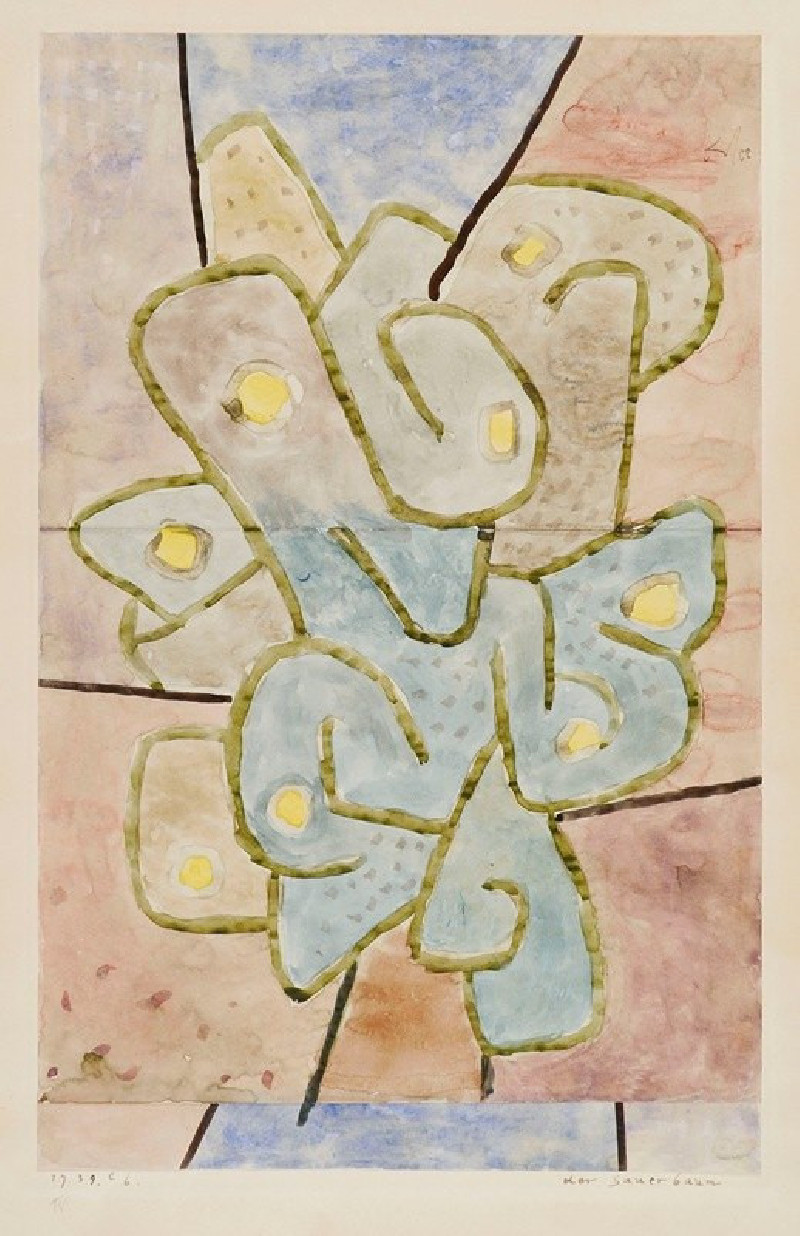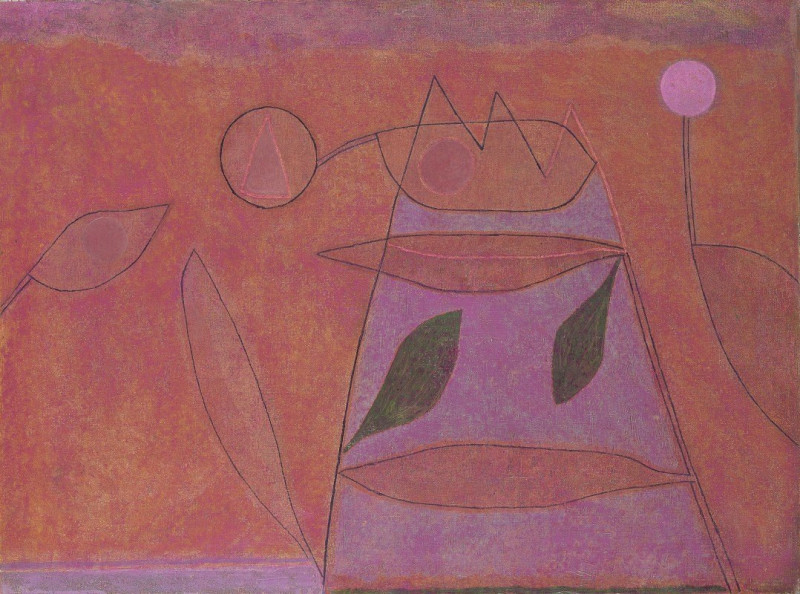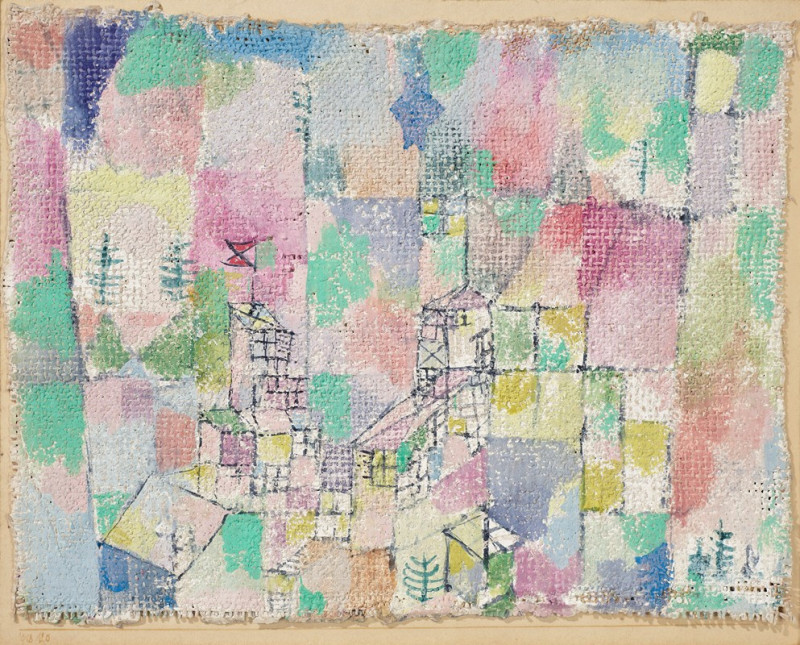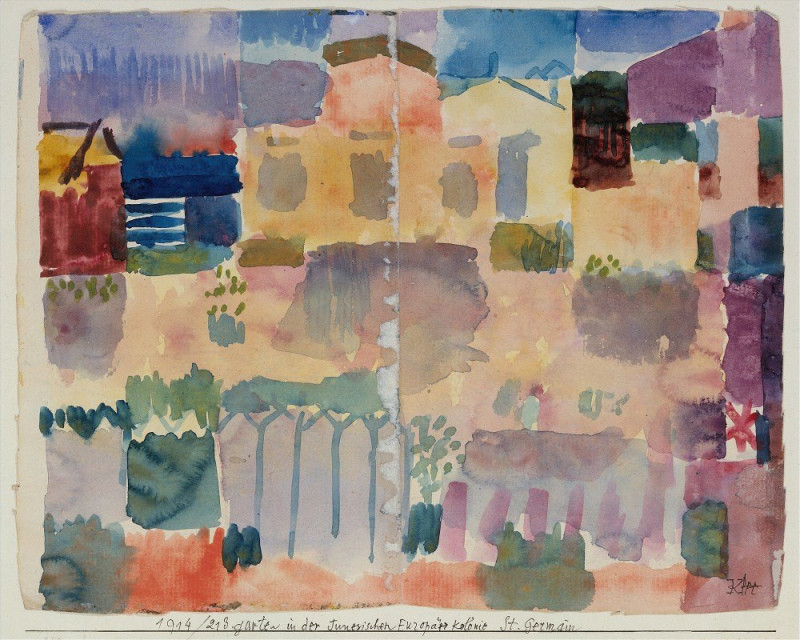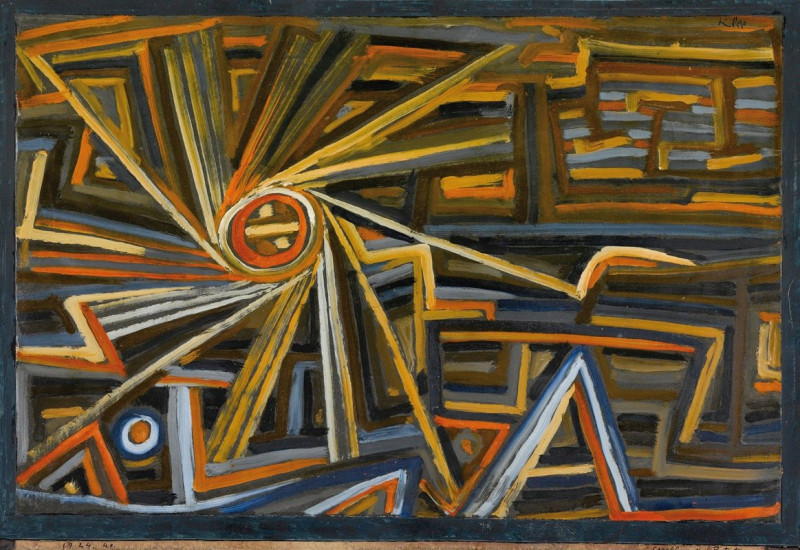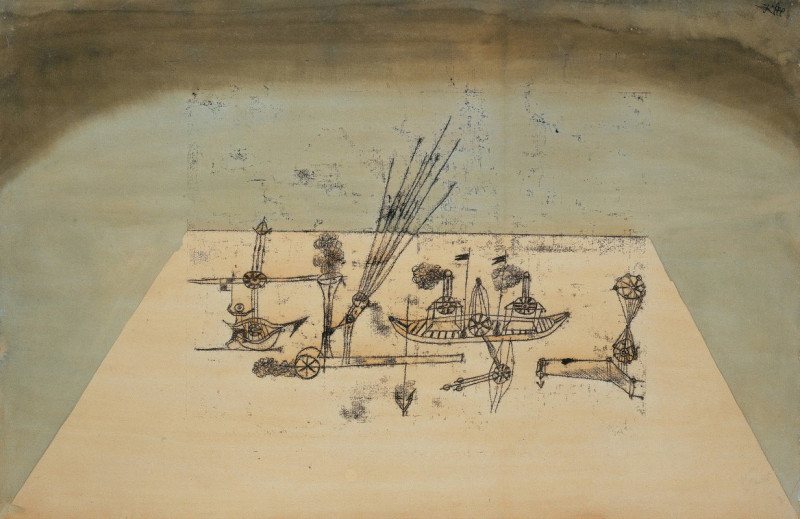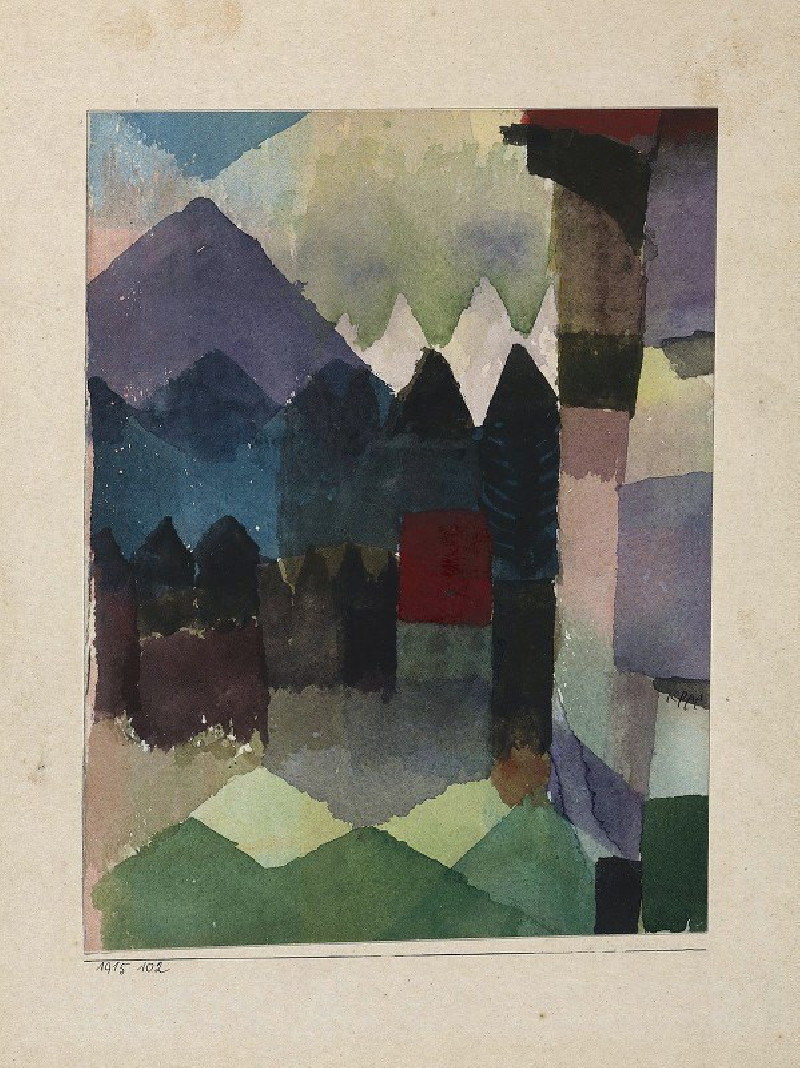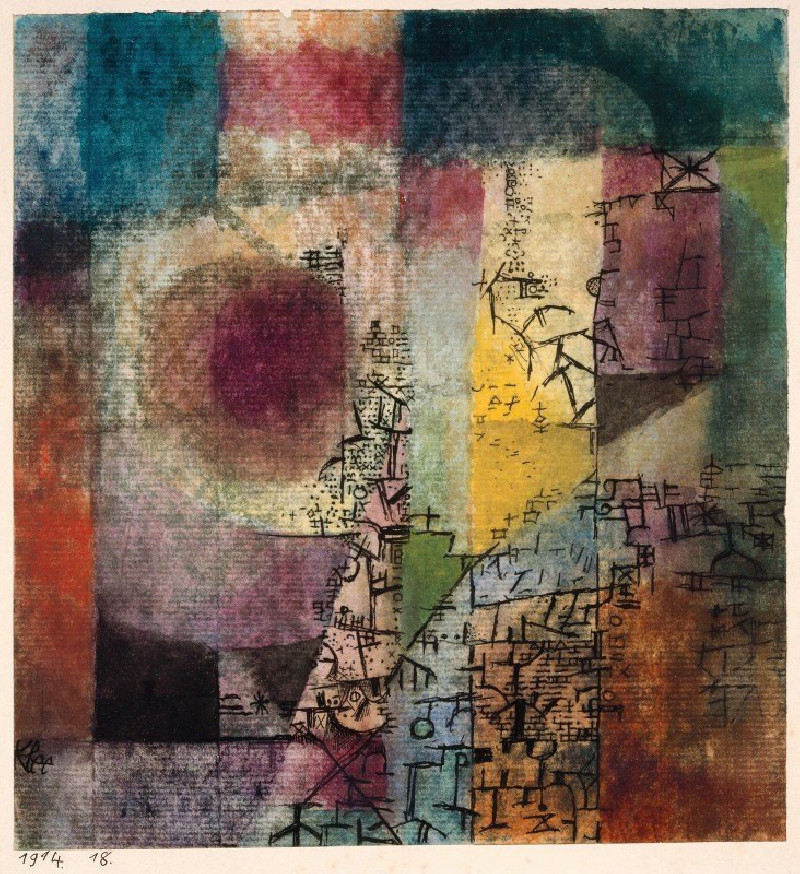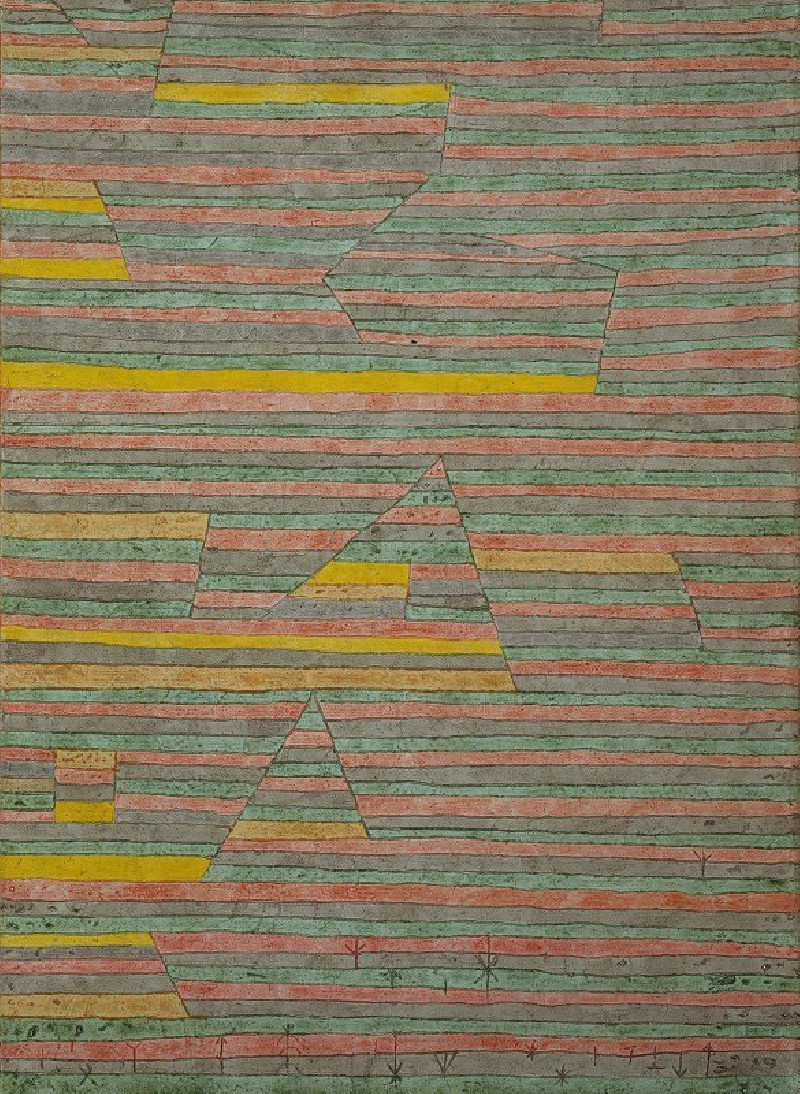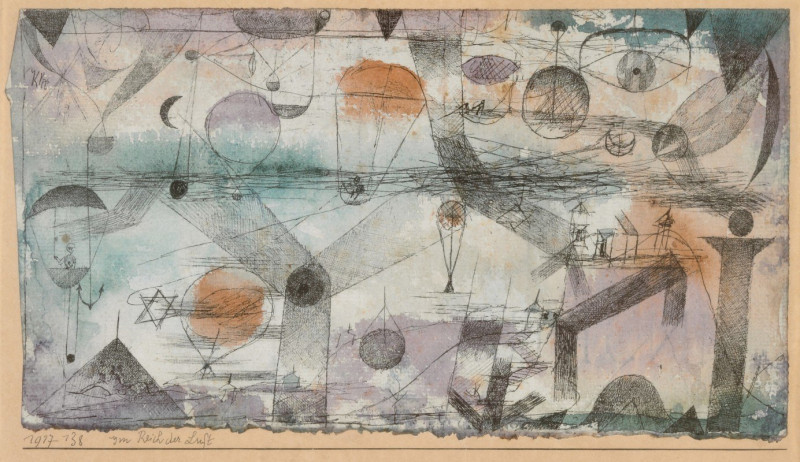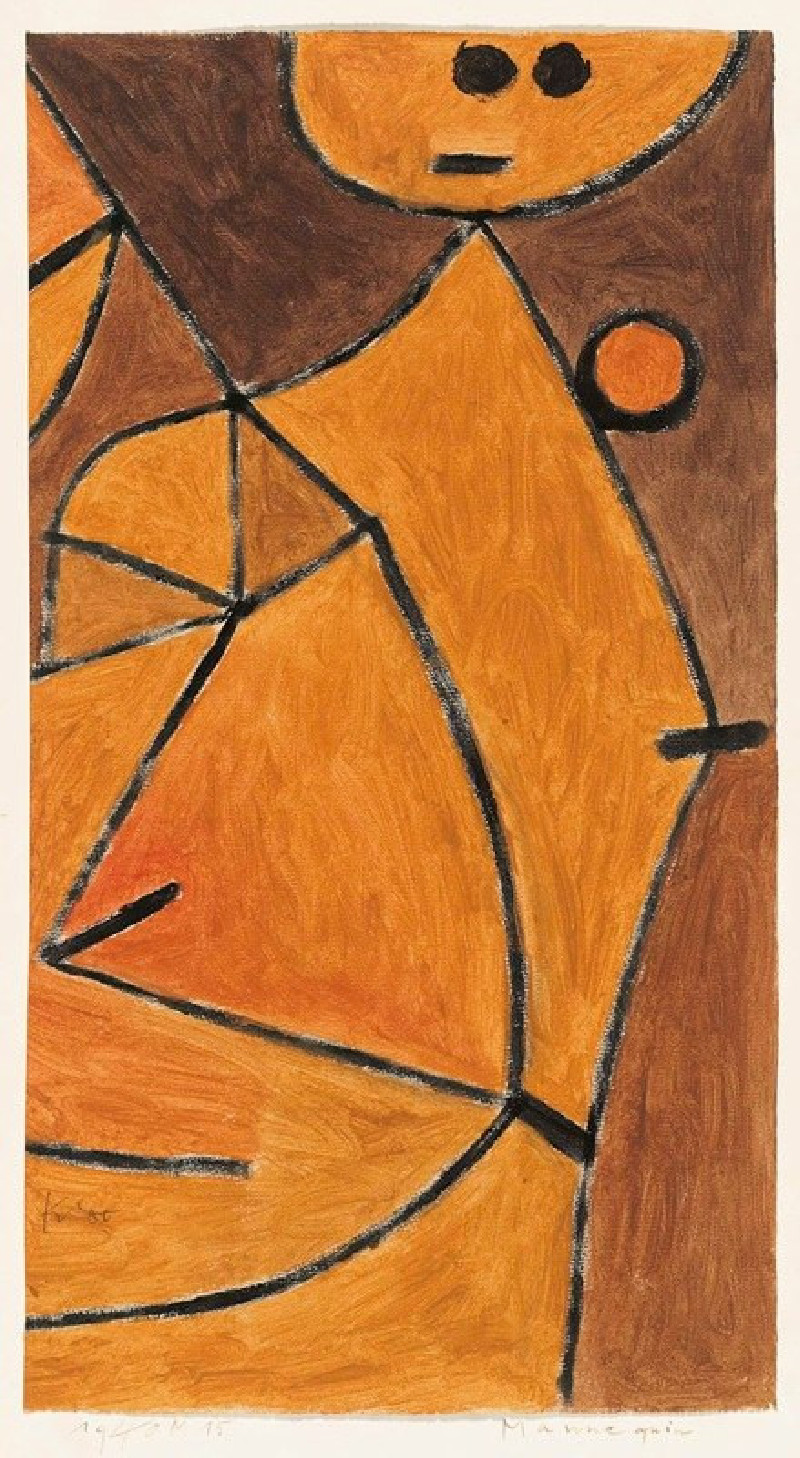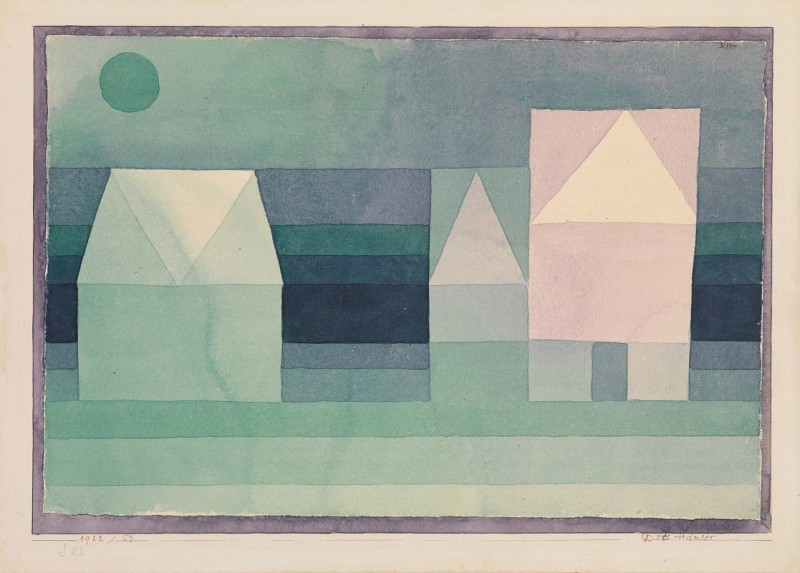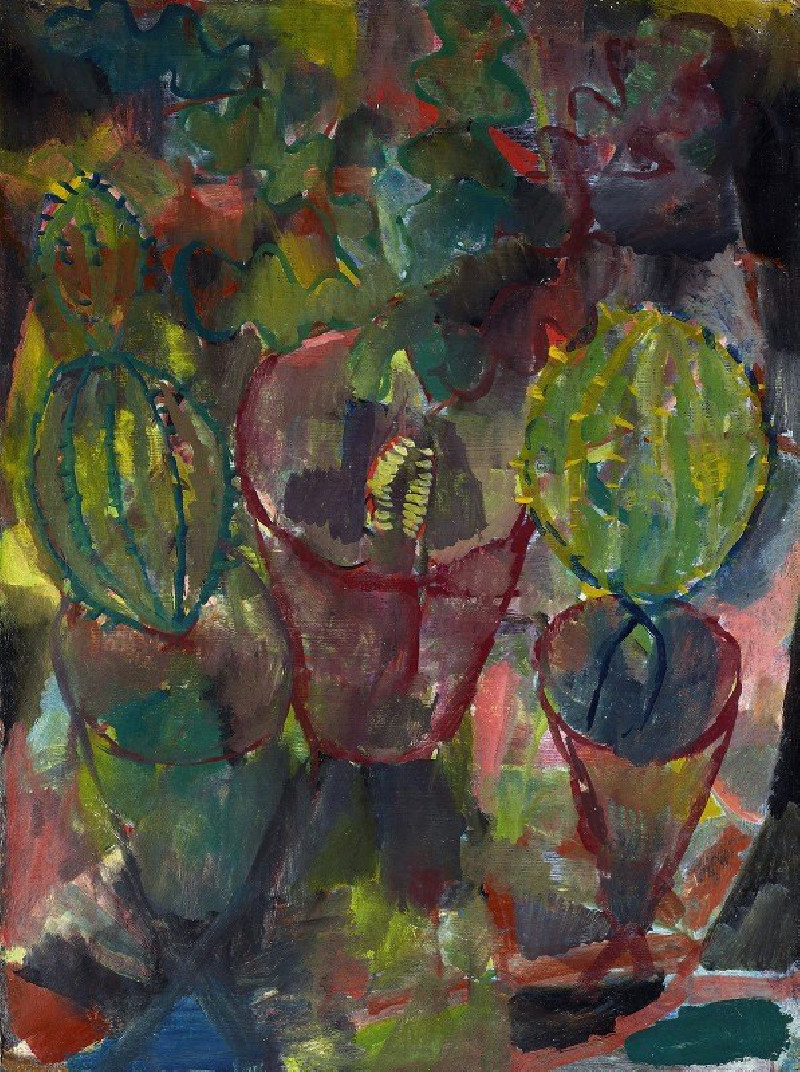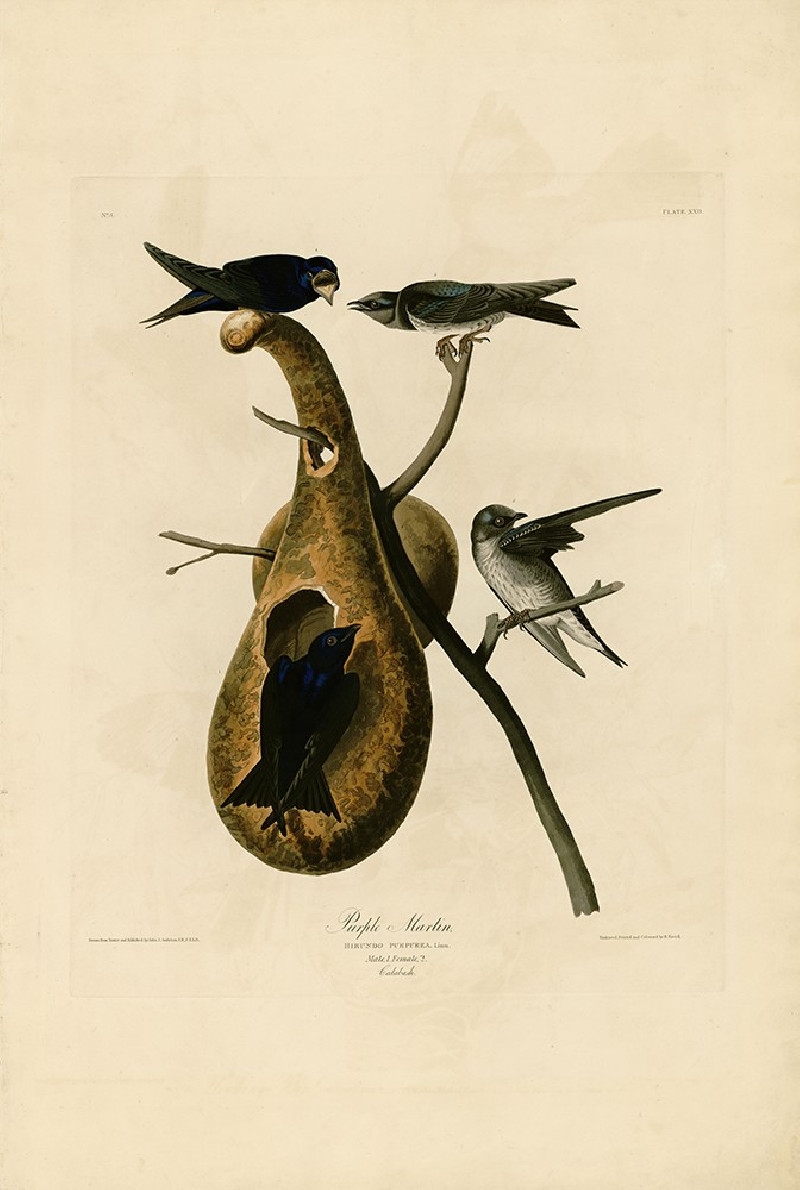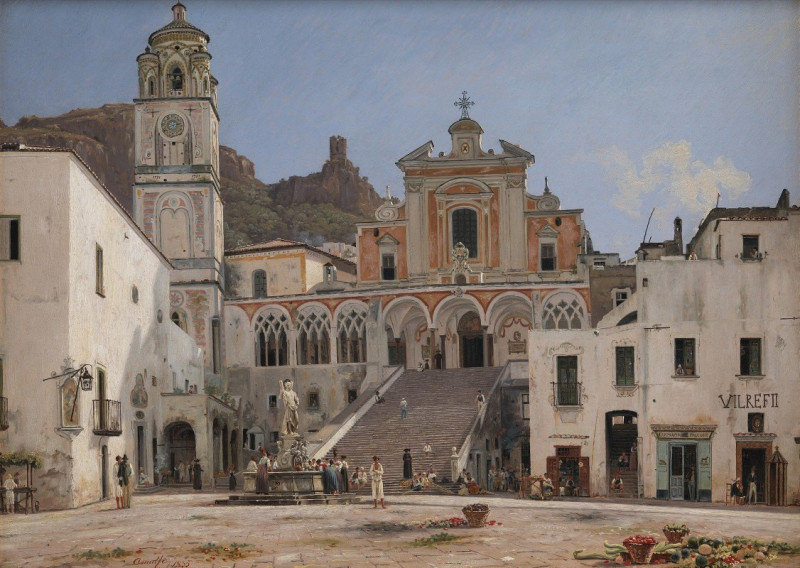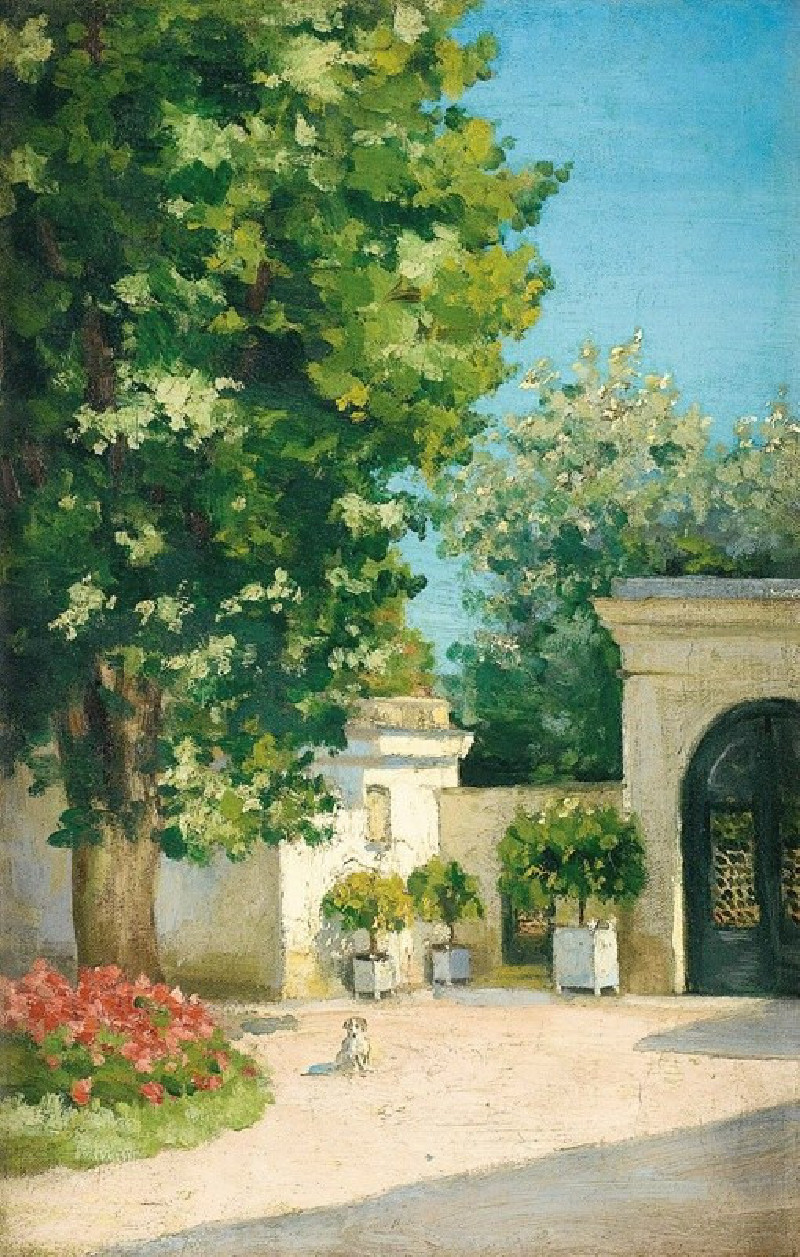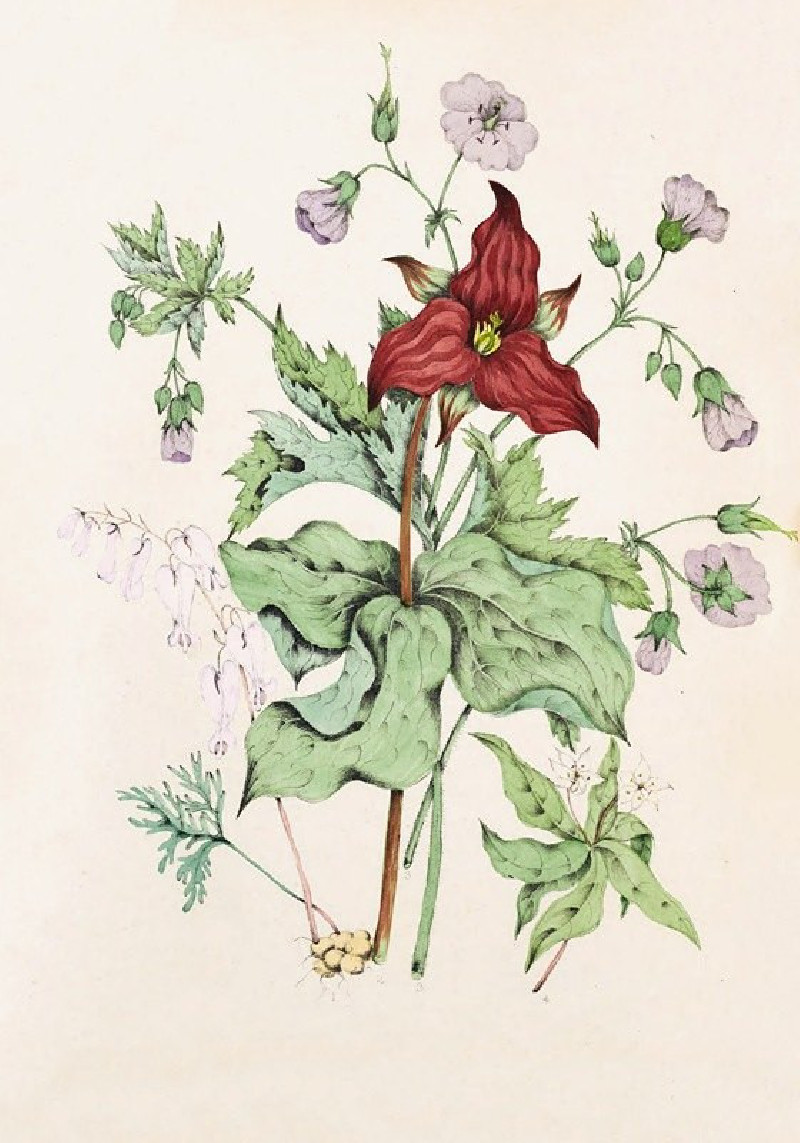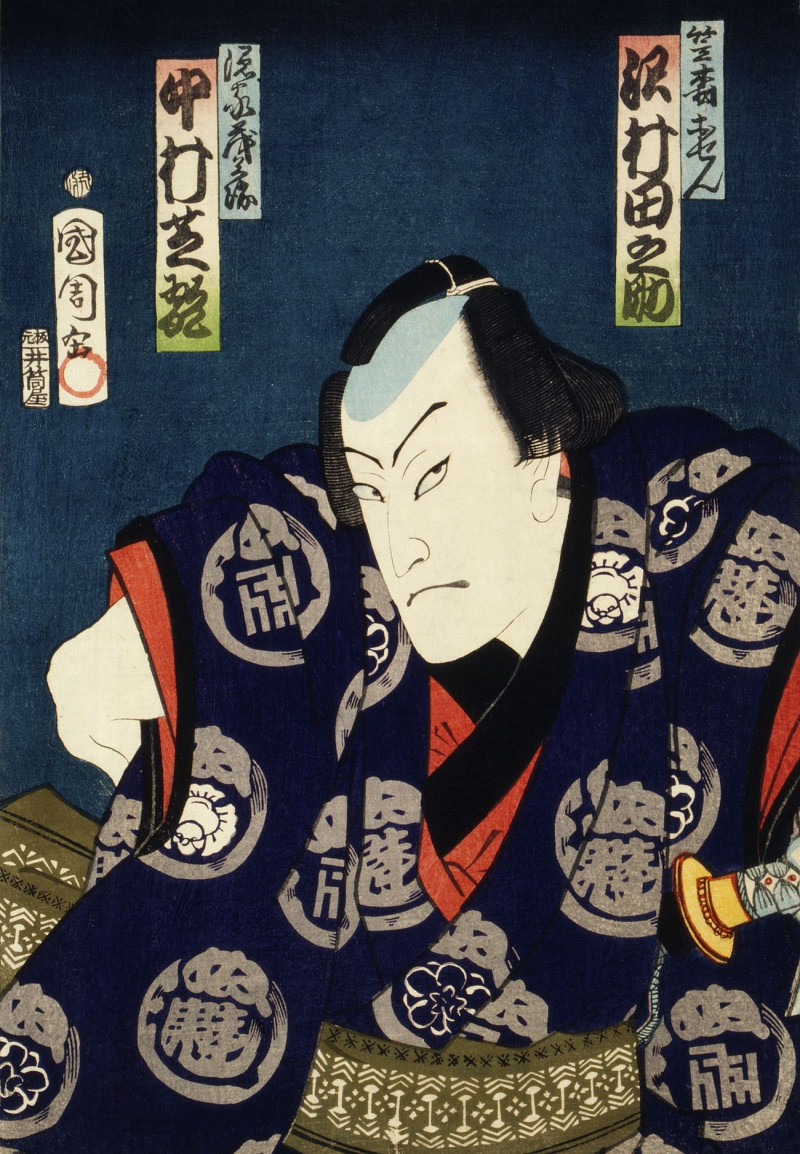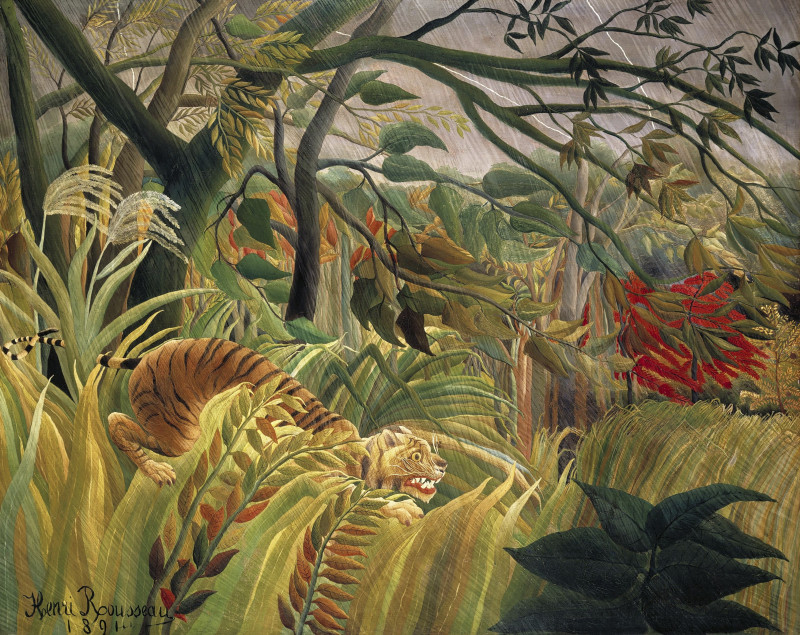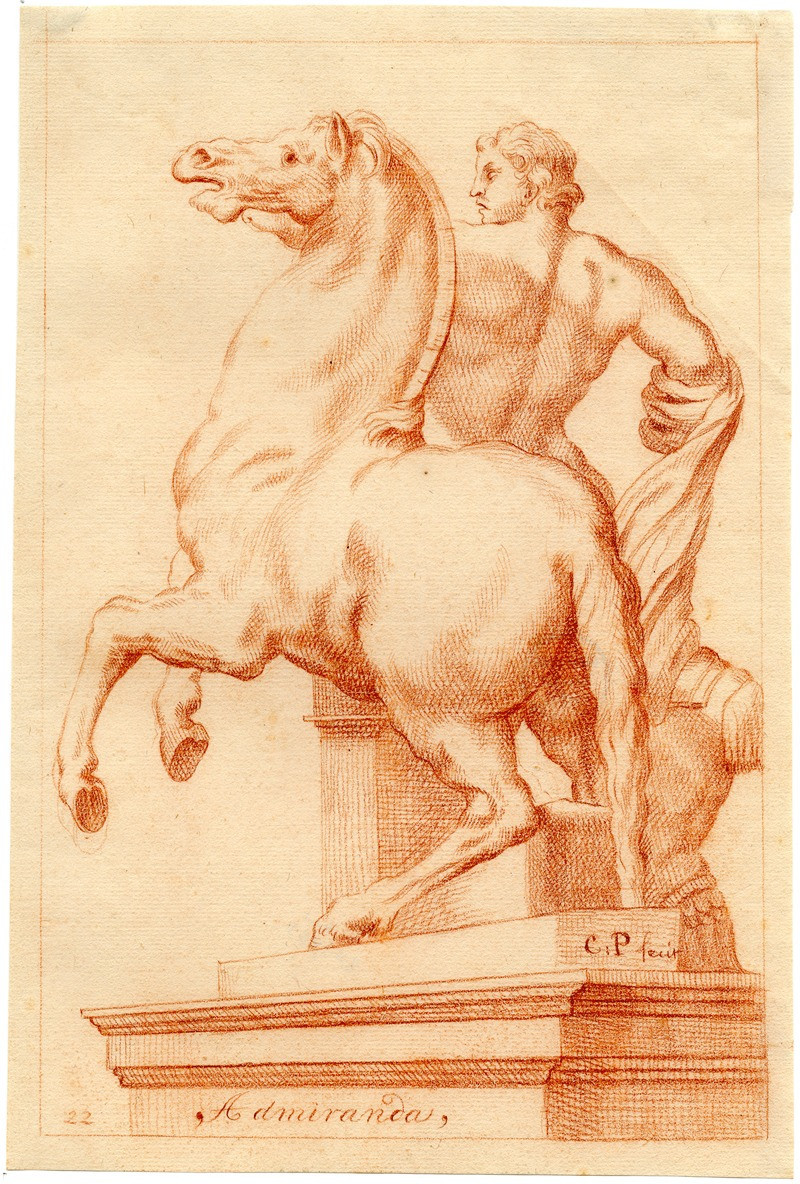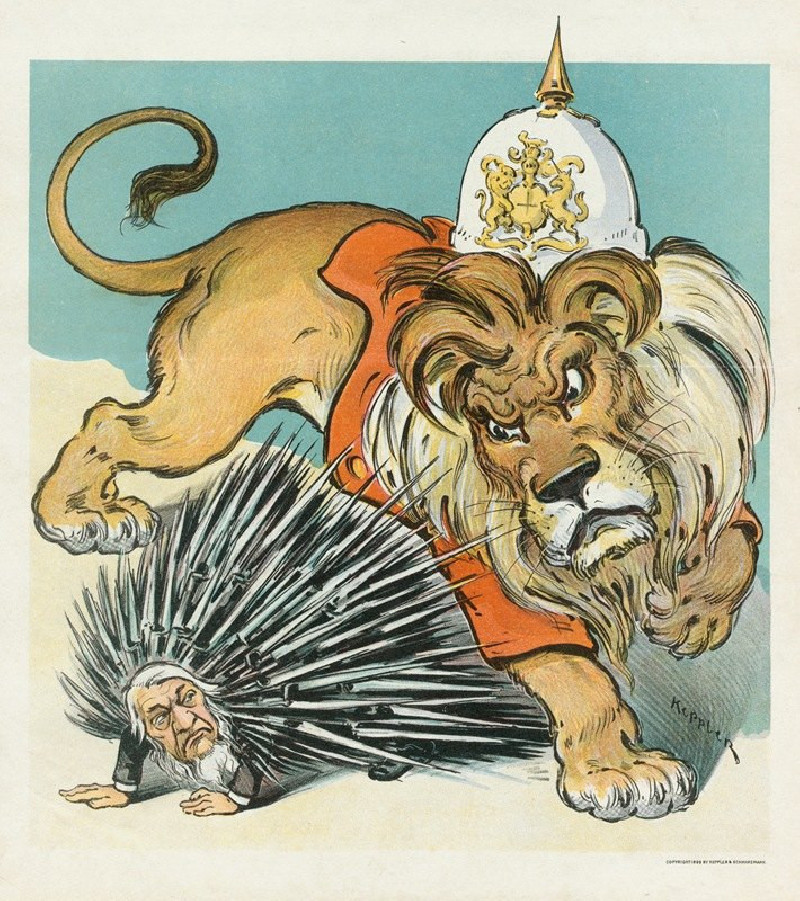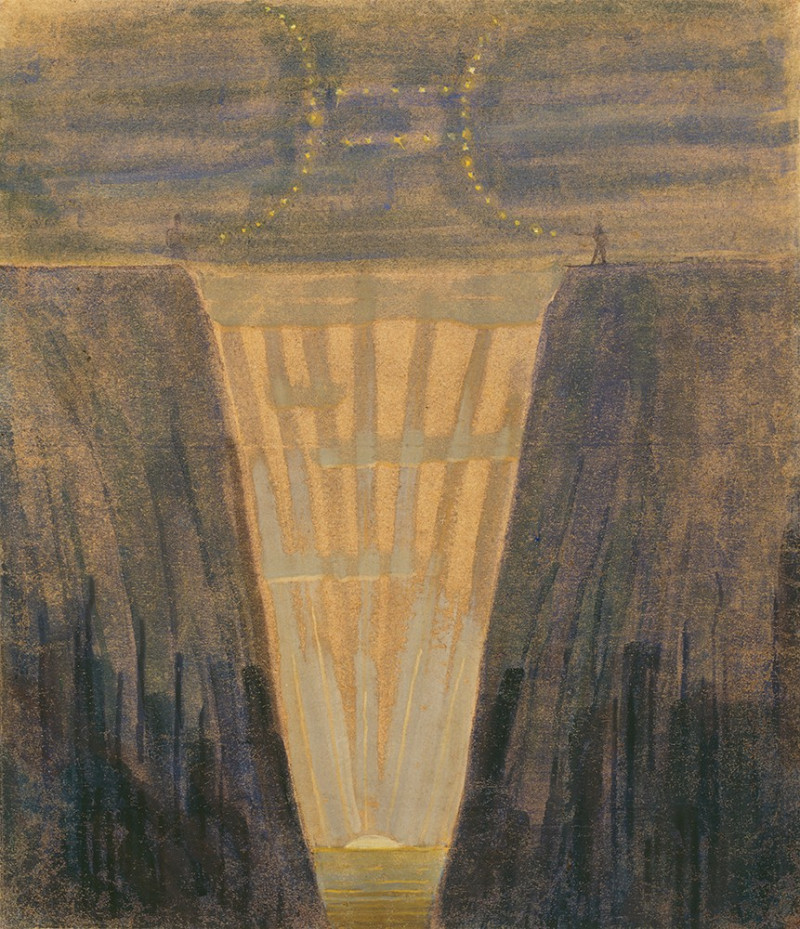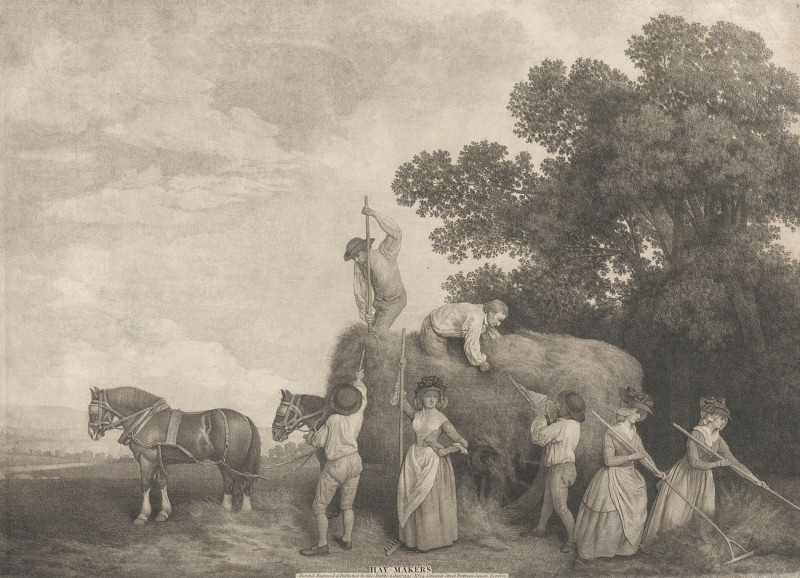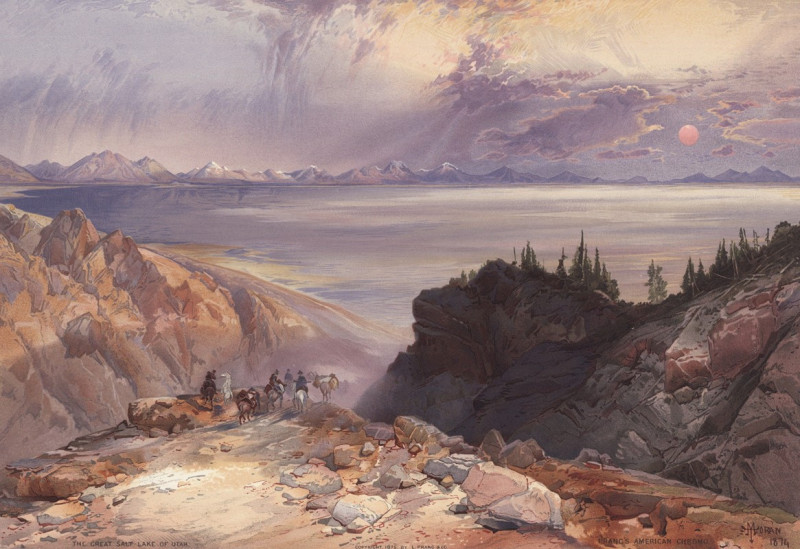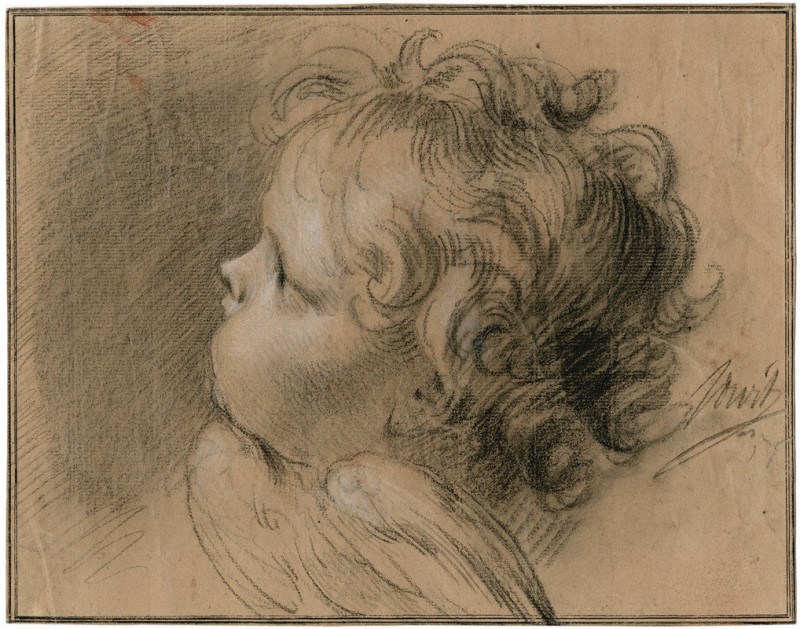Aviatic Evolution (1934)
Technique: Giclée quality print
Recommended by our customers
More about this artwork
"Aviatic Evolution" (1934) by Paul Klee is a fascinating piece that exemplifies the artist's unique ability to blend abstraction with figuration. At first glance, the viewer is greeted with warm, earthy tones and an intriguing arrangement of shapes and symbols. The central figure, with its pointed red beak and wide, observant eyes, appears part bird and part machine, occupying a mystical space between the organic and the constructed.Klee's use of overlapping geometric shapes and subtle gradations of color creates depth and movement, suggesting the sweeping motion of wings or perhaps the dynamic flow of air over surfaces in flight. The primitive arrow-like figures and lines, reminiscent of schematic drawings or ancient petroglyphs, further enhance the theme of evolution, highlighting the historical journey of flight from mythical aspirations to mechanical reality.In "Aviatic Evolution," Klee explores the relationship between nature and human innovation, embracing a dialogue with the surrealist and metaphysical themes that punctuated his era.
Delivery
Returns
Paul Klee was a Swiss-born German artist. His highly individual style was influenced by movements in art that included expressionism, cubism, and surrealism. Klee was a natural draftsman who experimented with and eventually deeply explored color theory, writing about it extensively; his lectures Writings on Form and Design Theory (Schriften zur Form und Gestaltungslehre), published in English as the Paul Klee Notebooks, are held to be as important for modern art as Leonardo da Vinci's A Treatise on Painting for the Renaissance.

